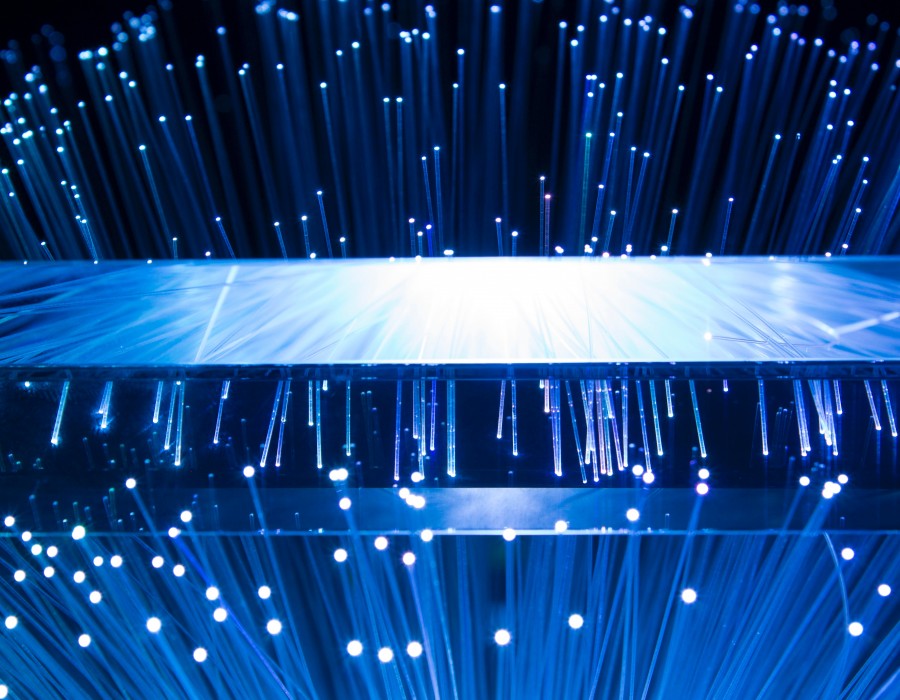It is very dangerous to work in confined areas exposed to explosive or inflammable gasses. Many workers are injured or killed in such spaces. According to the US Department of Labor, there were 4764 recorded fatal work injuries in 2020. This is why it’s important to install appropriate lighting and electronics for such areas based on classifications like hazardous light fixtures to ensure a safer work environment. Government regulations also require businesses operating in hazardous conditions to take such precautions.
Standard lighting won’t cut it for hazardous locations because it can cause an explosion by igniting combustible particles. Regular-duty electrical equipment like relays and switches can easily spark during standard operation.
An explosion-proof light fixture prevents explosions by containing and isolating the potential spark in a safe housing material like aluminum. Explosion-proof LED lights are cost-effective, eco-friendly and the safest means of lighting. Here are some things to know when looking for explosion-proof lighting:
Explosion-Proof Does Mean No Spark
The term explosion-proof does not mean that the source doesn’t spark. A spark may occur but is contained in explosion-proof boxes that prevent it from spreading out. On that note, the term also does not signify that your lights will survive an explosion but merely that it will not cause one in the first place.
Classifications Matter
Professionals take ratings like C1D2 in Colorado to identify the ideal location for the light to be used and the conditions they best function under. Based on class, locations are divided into:
Class 1- Flammable Gases Or Vapors
Class 2 - Combustible Dust
Class 3 - Ignitable Fibers Or Flyings
Based divisions, they are divided as:
Division 1 - Ignitable concentrations of hazards are present under normal operating conditions or caused by frequent repairs/maintenance or frequent equipment failure.
Division 2 - Ignitable concentrations of hazards are not likely to present under normal operating conditions.
If your location is rated C1D2 in Colorado, it means it usually does not have ignitable concentrations of flammable gases under normal operating conditions. You need to get appropriate lighting and electrical equipment for the area to prevent explosions.
Explosion-Proof LEDs Are Cost-Effective
An LED explosion-proof light fixture is very affordable in comparison to its fluorescent or incandescent counterparts. It can be fitted to just about any budget requirement with an easy offset over time, essentially paying back for itself. Moreover, it lasts for a long time, doesn’t need replacement bulbs, and consumes very little energy while giving out a crisp, cool and clear light.
LEDs Last Long
Most LEDs last for 50 thousand hours. This along with its high lumen output and low wattage options make LEDs a safe and effective investment for hazardous locations.
LED Explosion-Proof Lights Resist Bumps And Breaks
Traditional hazardous area lights like fluorescent or incandescent bulbs need to be treated delicately because they break easily. They may not pose a fire hazard but could be dangerous in confined locations. Workers may cut themselves on shattered bulbs or inhale fumes from fluorescent lights.
Considering these hazards, it’s much better to purchase an explosion-proof light fixture. It helps that LEDs are generally stronger than the other two. They are made using heat-resistant materials and tempered glass and do not contain mercury and toxic substances.
LEDs Are Energy-Efficient
LEDs are generally energy-efficient, converting 90 percent of the energy they consume into light. They produce no heat or conversion loss, meaning that they consume very less energy to function and have a low wattage consumption.
Your organization can save a considerable amount by using LED lights designed for hazardous locations rather than standard hazardous lighting options.
Flexible Options Available
LEDs come in modular designs, allowing a multitude of options to be used. You can increase or lower light outputs to match the level you need. You can set them in various shapes like columns and polygons. They can be easily adapted to existing access points while saving money and energy.





Comments